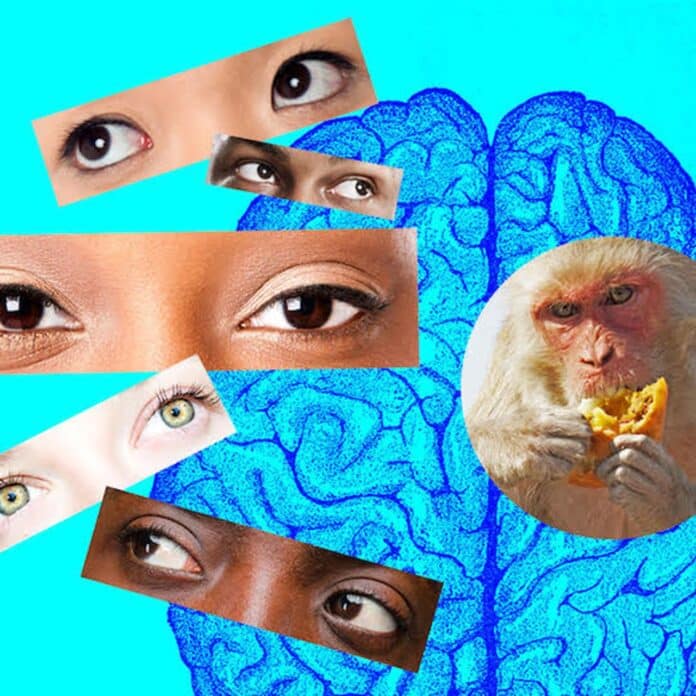Eye contact and body language are essential in social situations, but we must fully understand how the brain uses this information in real-time. Researchers from Rice University studied how macaques interact using visual cues to cooperate. They found that the visual cortex, which processes what we see, sends signals to the prefrontal cortex, helping decide cooperative actions.
Valentin Dragoi, a professor of electrical and computer engineering at Rice and the Rosemary and Daniel J. Harrison III Presidential Distinguished Chair in Neuroprosthetics at Houston Methodist, said, “We are the first to use telemetric devices to record neural activity from multiple cortical populations in the visual and prefrontal cortex while animals explore their environment and interact with one another. When primates, including humans, interact, we make eye contact and use body language to indicate what we want to do to conspecifics.”
Valentin Dragoi is a professor at Rice University. Most neuroscience discoveries come from studying animals in controlled settings rather than natural interactions. Tracking brain activity as animals move freely is a significant advancement, offering insights into how the brain works.
Dragoi, who directs the Center for Neural Systems Restoration, said, “This has been the dream of neuroscientists for a long time – to record from neurons while the animal is moving freely. This has been the dream of neuroscientists for a long time – to record from neurons while the animal is moving freely.”
Dragoi explained, “This technology helps us tell the difference between active and passive vision. Active vision is when we look at something with a purpose, like during social interaction when we use visual information to cooperate. Our main discovery shows how groups of sensory neurons gather and transmit information to the decision-making part of the brain, synchronizing in real time to decide to cooperate.”
Both Dragoi and Behnaam Aazhang, a professor at Rice University, praised Melissa Franch, the lead author, and Sudha Yellapantula, both of whom played crucial roles in the study. Aazhang highlighted the interdisciplinary nature of the work, emphasizing its experimental complexity in testing the hypothesis about the role of the visual frontal cortex in social behavior, particularly in primates.
The study showed that expressions like “staring daggers” and “seeing eye-to-eye” are more than just phrases; they reflect how the visual cortex and prefrontal cortex collaborate for complex behaviors like cooperation.
Journal reference:
- Franch, M., Yellapantula, S., Parajuli, A. et al. Visuo-frontal interactions during social learning in freely moving macaques. Nature. DOI: 10.1038/s41586-024-07084-x.
